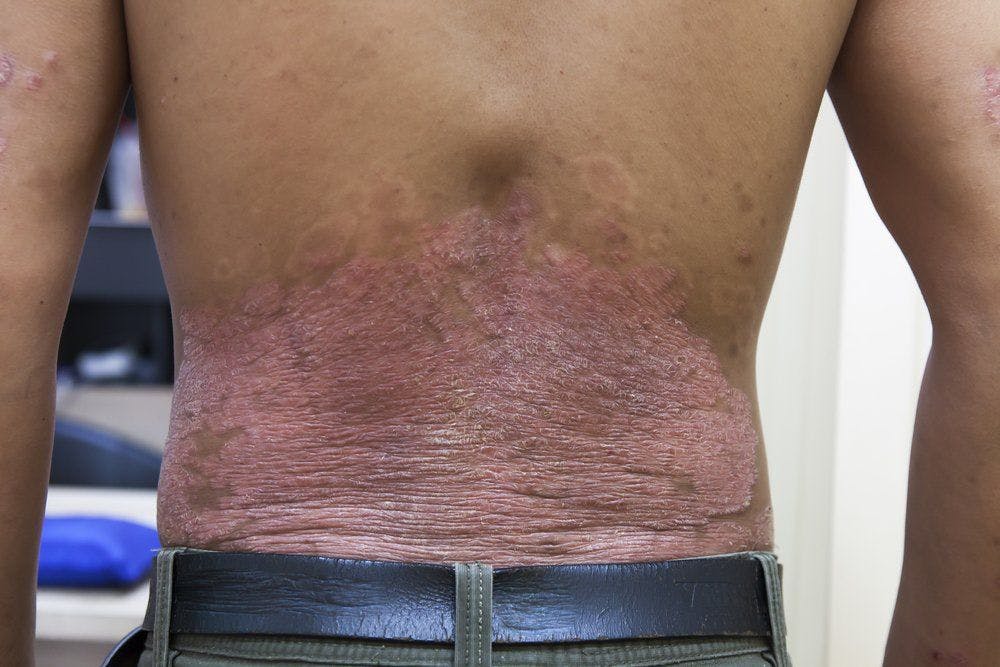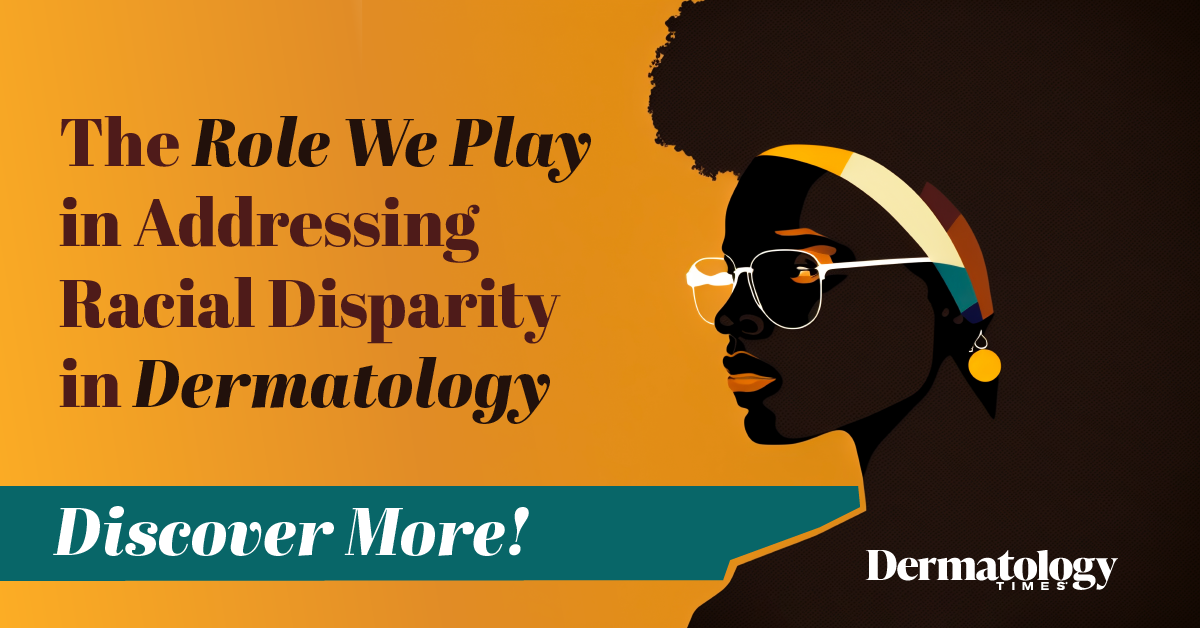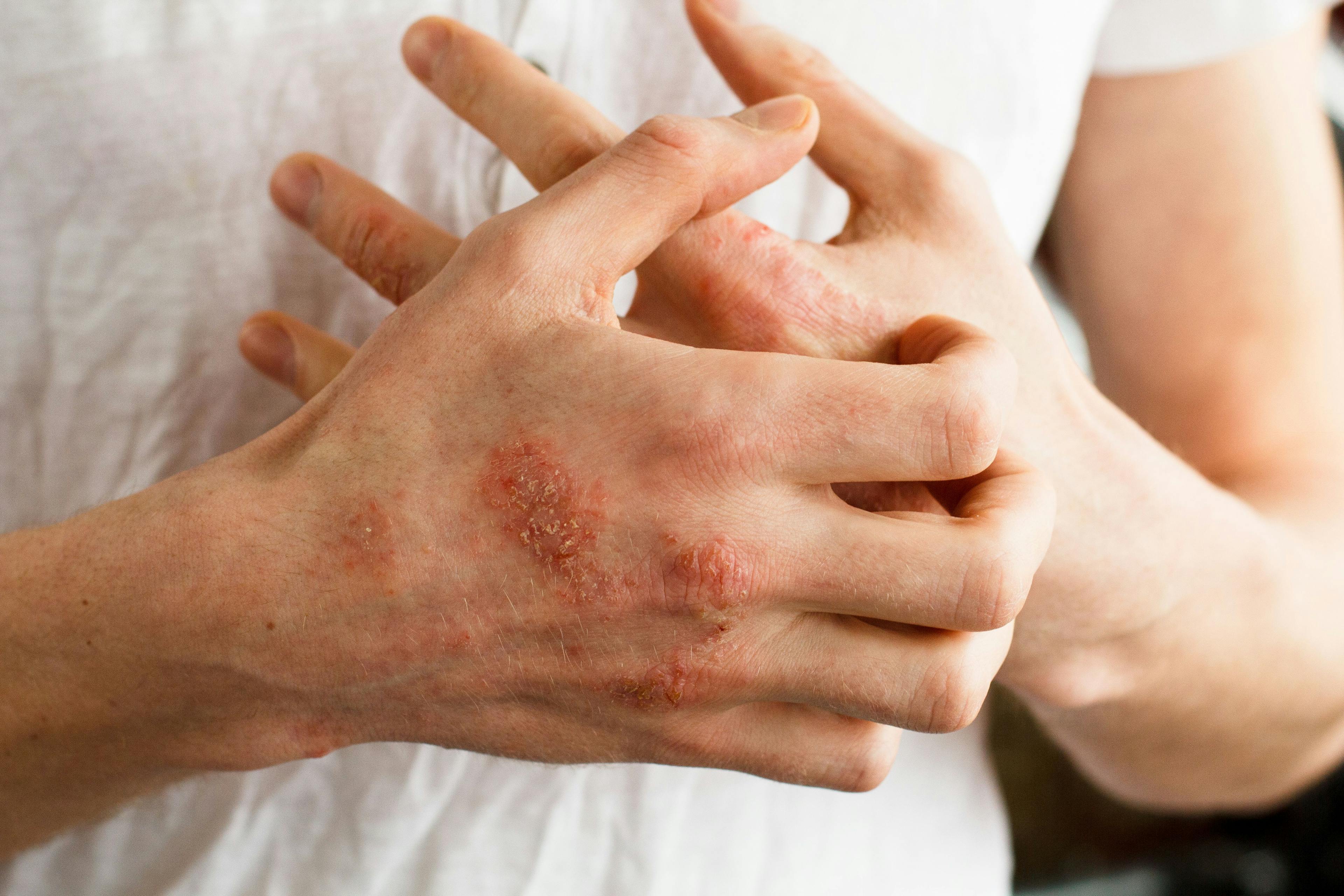- Acne
- Actinic Keratosis
- Aesthetics
- Alopecia
- Atopic Dermatitis
- Buy-and-Bill
- COVID-19
- Case-Based Roundtable
- Chronic Hand Eczema
- Chronic Spontaneous Urticaria
- Drug Watch
- Eczema
- General Dermatology
- Hidradenitis Suppurativa
- Melasma
- NP and PA
- Pediatric Dermatology
- Pigmentary Disorders
- Practice Management
- Precision Medicine and Biologics
- Prurigo Nodularis
- Psoriasis
- Psoriatic Arthritis
- Rare Disease
- Rosacea
- Skin Cancer
- Vitiligo
- Wound Care
Publication
Article
Dermatology Times
Uncombable Hair Syndrome: How to Identify and Help Children With this Rare Disorder
Author(s):
Uncombable hair syndrome (UHS) can cause distress for families, but dermatologists can help with the rare genetic disease diagnosis and management.
While many parents struggle with combing their children’s hair, UHS takes the challenge to the next level. Read on to discover more about the rare syndrome, including how to diagnose it and help families manage it.
What is uncombable hair syndrome?
UHS, also known as spun-glass hair, unmanageable hair syndrome, pili trianguli et canaliculi, or cheveux incoiffables, is an extremely rare condition in children. It is a disorder of the hair shaft in the scalp. The hair sticks straight out and cannot be flattened by combing, according to the National Institutes of Health’s (NIH) Genetic and Rare Diseases Information Center.1 The most common hair colors with the disorder are straw-colored or silver-blond, and the condition usually emerges during childhood between aged 3 and 12 years.1 Symptoms include coarse hair, trichodysplasia, white hair, woolly hair, patchy alopecia, and abnormal hair morphology.1 Dermatologists may diagnose UHS with an electron microscope examination of the hair.
It is important to investigate the syndrome as it may be an indicator of other more serious health conditions. Diseases like Bork Stender Schmidt syndrome, ectodermal dysplasias, and angel-shaped phalangoepiphyseal dysplasia may be associated with UHS, but usually, cases are isolated.1
Most cases are genetic in origin. “The syndrome has been found to be caused by genetic changes in the genes PADI3, TGM3, and TCHH. These 3 genes code for proteins that are involved in hair shaft formation,” the NIH wrote.1 It is an autosomal recessive inherited condition, but NIH noted that autosomal dominant origin can also occur because hair formation involves several genes.1 However, not all UHS cases have mutations in these genes, so the cause of those patients’ conditions is unknown.
Dermatology Times® spoke with Spencer Hawkins, MD, FAAD, and Adam Leavitt, MD, board-certified dermatologists and micrographic surgeons with Advanced Dermatology and Cosmetic Surgery—Hawkins in East Greenwich, Rhode Island, and Leavitt in Lake Faith, Florida, and in greater Orlando—about the rare condition.
What role can dermatologists play in helping patients with uncombable hair?
Hawkins said patients with rare hair and scalp disorders are often referred to dermatologists for help in diagnosis and management recommendations. “While the syndrome is generally an isolated, self-limited condition that improves after adolescence, what may appear to be UHS could also be woolly hair nevus, which can be associated with ocular, auditory, dental, skeletal and kidney anomalies,” he said. He added that a dermatologist can reassure patients and parents when appropriate or help patients identify other specialists if necessary for a complete evaluation.
Leavitt said dermatologists may assist in obtaining a hair sample for diagnosis. “The hair sample can be submitted for electron microscopic evaluation to assess for the classic findings of triangle-shaped hair shafts, also called pili trianguli et canaliculi. The misshapen hair shafts in UHS lead to the characteristic spun-glass appearance of hair in this difficult-to-manage condition,” he said.
What is recommended for UHS?
Hawkins said there is no widely established therapy for the syndrome. “Dermatologists typically recommend gentle hair care practices. Patients should avoid perms and chemical relaxers. They should also avoid excessive brushing and heat as these practices can make hair more brittle. Conditioners, detangling creams and soft brushes may help improve the manageability of hair,” he explained. Leavitt said patients may prefer to wear shorter styles to make styling easier.
What are some challenges patients face?
“While the condition generally improves after adolescence and is not usually associated with any other medical complications, young children may experience psychosocial problems from bullying or teasing from other children, given the different appearance of hair,” Hawkins said. He emphasized that parents can play an important role in helping children cope and improve children’s self-esteem in addition to managing their hair.
Are there any new treatments that will lead to better results?
Hawkins said there may be an opportunity for cosmetic, nonmedical therapies to help improve the manageability of hair. He added that 1 case report has shown biotin to be helpful; however, “this has not been replicated and is not widely accepted as an effective treatment.”2
In that report, Valeria Boccaletti, MD, of the Clinica Dermatologica Università di Parma in Parma, Italy and colleagues performed a case study of 2 children with the condition in a family affected by the fourth generation. “The family pedigree strongly supports the hypothesis of autosomal dominant inheritance; some members of the family had, apart from uncombable hair, minor signs of atopy and ectodermal dysplasia, such as abnormalities of the nails,” the authors wrote.2 Extensive scanning via electron microscope was used to diagnose the condition in 2 children, who were then given 5 mg per day of oral biotin. Researchers reported “excellent results” in hair appearance, but further electron microscope scans did not show improvement in the structure of the hair.2 At a 2-year follow-up, researchers said the children maintained normal hair without biotin.2

For many children, UHS improves in late childhood or early adolescence.1 One study by Regina Betz, PhD, of the Institute of Human Genetics at the University of Bonn in Germany and colleagues that found the 3 genes responsible for UHS described earlier noted that this may be caused by age-related changes in hair follicles.3 The authors said this includes changes in diameter and length, which might improve the hair through physical changes.3
Betz and colleagues said the identification of these responsible genes “contributes to a better understanding of the protein interaction cascades in molecular histogenesis of the hair. This could be of further value for cosmetic and pharmaceutic industries paving the way for development of novel products.”
In a 2016 news release, Betz said: “From the mutations found, a huge amount can be learned about the mechanisms involved in forming healthy hair, and why disorders sometimes occur. At the same time, we can now secure the clinical diagnosis of ‘uncombable hair’ with molecular genetic methods.”4
References
1. Uncombable hair syndrome. National Institutes of Health Genetic and Rare Diseases Information Center. https://rarediseases.info.nih.gov/diseases/5404/uncombable-hair-syndrome. Updated November 8, 2021. Accessed December 28, 2022.
2. Boccaletti V, Zendri E, Giordano G, Gnetti L, De Panfilis G. Familial uncombable hair syndrome: ultrastructural hair study and response to Biotin. Pediatr Dermatol. 2007;24(3):E14-E16. doi:10.1111/j.1525-1470.2007.00385.x
3. Ü Basmanav FB, Cau L, Tafazzoli A, et al. Mutations in three genes encoding proteins involved in hair shaft formation cause uncombable hair syndrome. Am J Hum Genet. 2016;99(6):1292-1304. doi:10.1016/j.ajhg.2016.10.004
4. Uncombable hair gene discovered. News release. Bonn University. November 16, 2016. Accessed December 29, 2022. https://www.uni-bonn.de/en/university/press-and-communications/press-service/archive-press-releases/2016/270-2016

Newsletter
Like what you’re reading? Subscribe to Dermatology Times for weekly updates on therapies, innovations, and real-world practice tips.





























